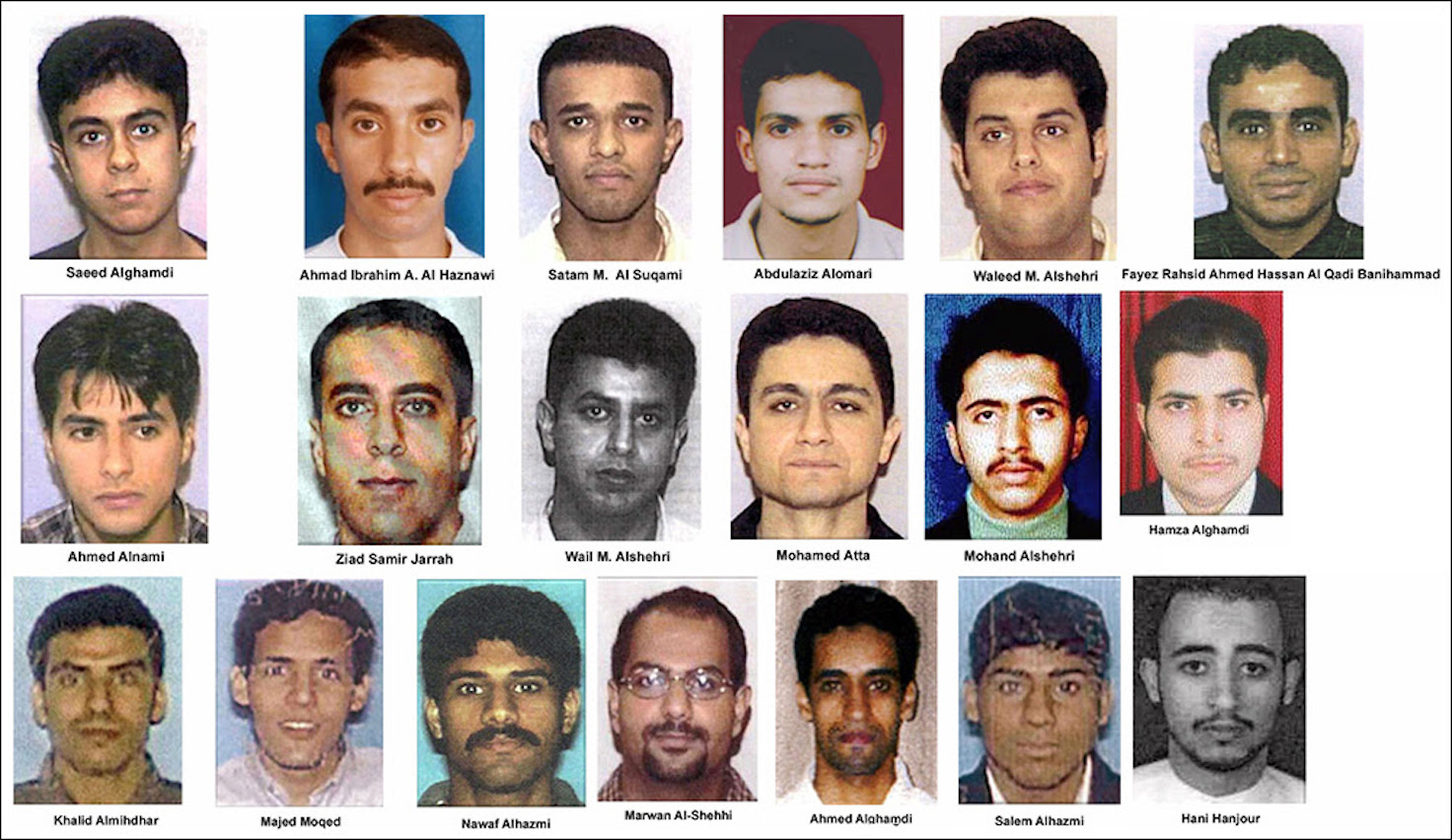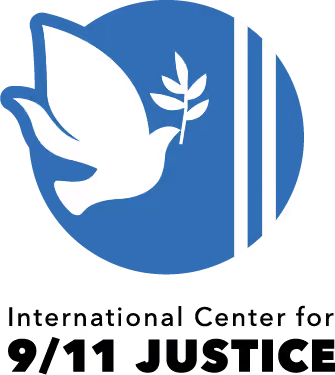The events of 9/11 can be seen as developing in two parts. The first was the Setup, in which the legend of al Qaeda and the alleged hijackers was built over a period of years. The second part was the Takedown, where the actual events of 9/11, including the hijackings and the destruction of the buildings, were managed. Understanding the overall picture in this way leads to specific questions that can reveal more of the truth about what happened.
For example, there is no doubt that 9/11 was well-planned, and there shouldn’t be any doubt that a big part of the plan was generating the backstory. Someone needed to be blamed. Therefore:
- How did the legend of al Qaeda grow?
- Why were the alleged hijackers not captured well before they committed their crimes?
- Why was Osama bin Laden not captured?
- Who funded the activities of the alleged hijackers, and who protected them?
Chapters 4, 5 and 6 tell the stories of three men who were responsible for the failure to stop the alleged hijackers and who seemed to be working to ensure that the hijacker backstory was protected. Louis Freeh and George Tenet led the primary intelligence agencies in the United States that were responsible for tracking terrorism in the time leading up to 9/11. As the U.S. “Counterterrorism Czar” and member of the National Security Council, Richard Clarke was also responsible for preventing terrorism.
Freeh, Tenet and Clarke were in the decisive positions of power that could ensure that the alleged hijackers were never stopped and would be helped as needed. Moreover, they were best positioned to delay, limit, and destroy information that could compromise either the plan or the backstory. And these three men had careers that were not affected by whatever party or administration was in power.
Both Freeh and Tenet owed their initial career successes to members of Yale’s Skull and Bones society (George H. W. Bush and David Boren, respectively), and both formed special, secretive relationships with the Saudis. After 9/11, Freeh and Tenet joined as directors of a company that had been flagged for insider trading related to the attacks. Freeh went on to become the personal attorney for Saudi Prince Bandar (aka Bandar Bush).
As a member of the secret Continuity of Government (COG) program, Clarke was closely associated with George H. W. Bush. Clarke was also a key ally and representative of the United Arab Emirates, a country whose possible role in the 9/11 crimes is often overlooked despite its many ties to the known terrorist financing network BCCI, to Khalid Sheikh Mohammed, and to the financing of the alleged hijackers. Clarke disrupted two opportunities to capture Osama bin Laden and was never held accountable. Moreover, he led the incompetent crisis management meeting at the White House Situation Room on 9/11. Yet that day he was able to implement, for the first time, the COG plan that he and others had devised over many years.
As described in their respective chapters, these three suspects ignored, facilitated, and covered up terrorism, helping to leave a trail of misleading evidence that set up the backstory. They then failed to cooperate with the 9/11 investigations, destroyed evidence, and lied to Congress and the 9/11 Commission.
Kevin Ryan, August 2023



